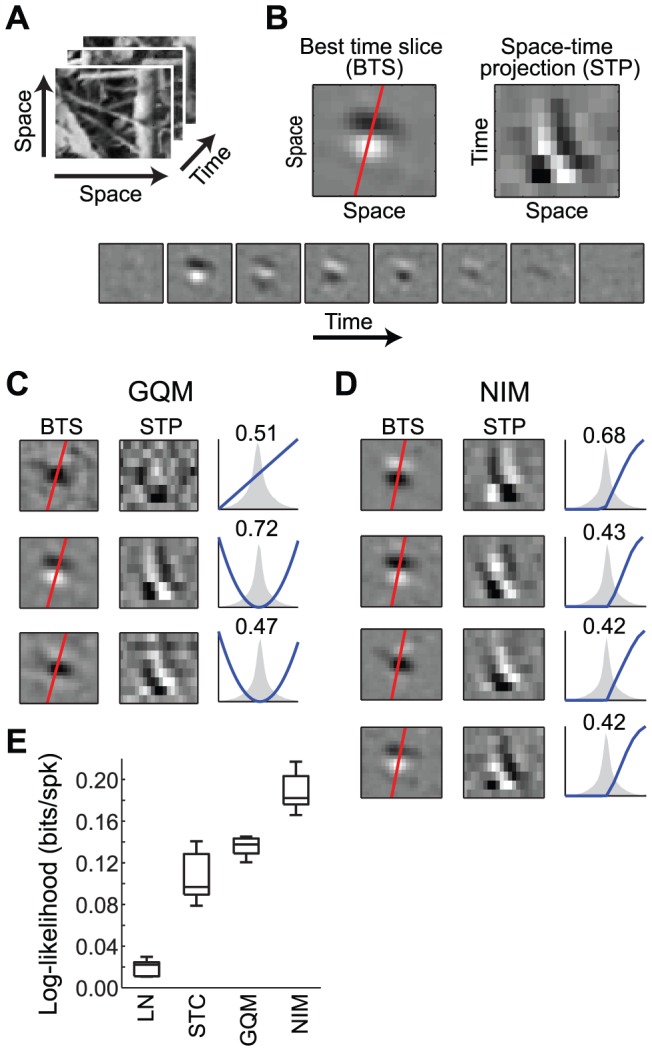Figure 8. Models of a V1 neuron in the context of natural stimuli.

A) The natural movie stimulus used here has two spatial and one temporal dimension. B) The neuron's response is characterized in terms of three-dimensional spatiotemporal filters. An example spatiotemporal filter is comprised of a spatial filter at each time step (at 20 ms resolution). To simplify the depiction of each filter, we take advantage of their stereotyped structure, and plot the spatial distribution at the best time slice (BTS, left), as well as the space-time projection (STP, right) along an axis orthogonal to the preferred orientation (red line; see Methods). C) The GQM for this neuron consists of one linear (top) and two excitatory squared filters (bottom). The BTS and STP for each filter are shown at left, and the distributions of the filtered stimulus, and associated nonlinearities, are shown at right. Note that the two squared filters roughly form a ‘quadrature pair’ of direction-selective Gabor filters. There is also a linear filter (top), which has less clear spatial structure, and is not direction-selective. D) The NIM consists of four excitatory filters (left) that are qualitatively similar to the quadrature pair of GQM filters. However, by identifying four inputs with inferred upstream nonlinearities (right), the NIM has greater flexibility in describing the neuron's computation. E) Comparison of model performance for the LN and STC-based models, as well as the GQM and NIM, showing that the NIM substantially outperformed other models for this neuron.
